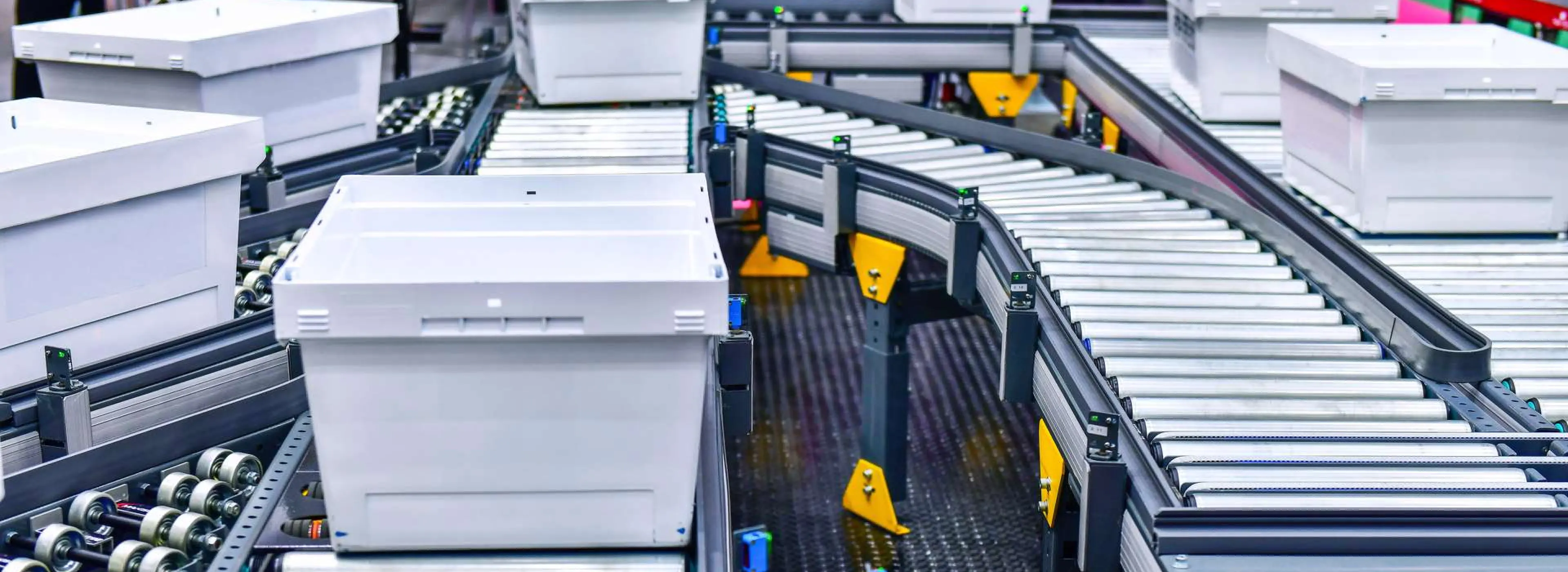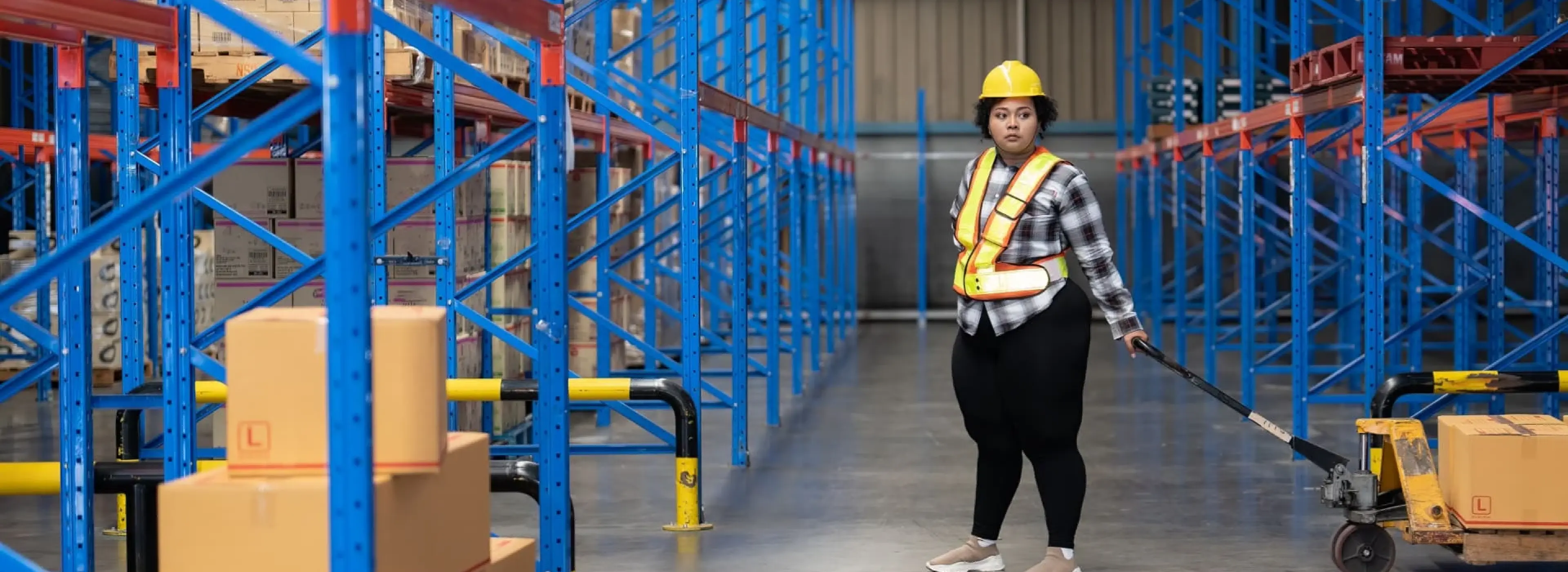Working with many warehouse managers in the small and mid-size market segment, I have seen that one of the biggest challenges managers face is effectively and efficiently running warehouse operations.
It’s not surprising to see warehouse problems arise as founders and decision-makers are more focused on keeping their businesses profitable in a very competitive marketplace. As a result, they have little time to implement an efficient, error-free, and safe warehouse operation.
Click Here: Boost Your Warehouse Efficiency With This Advanced and Affordable WMS
In this article, we’ll review five pillars that warehouse managers must implement to ensure operational success. The extent to which these pillars are implemented depends on the size of the warehouse, but they must exist at least to some degree.
Let’s review each of them in detail.
Accuracy
The warehouse is a part of a bigger picture: the supply chain. As a result, for a warehouse to be successful, it must fulfill its role of receiving, storing, and shipping goods to the right customer in the right quantities at the right time.
With the increasing pressure to move goods quicker at the lowest possible cost, it’s not surprising to see accuracy being affected—cargo being shipped to the wrong customers or in the wrong quantities or at the wrong time—especially among small and mid-size warehousing operations.
Luckily, technology is catching up with these needs and becoming more affordable. Solutions like barcode scanners, warehouse management systems, and RFIDs are helping warehouse operations increase their accuracy.

But technology alone can’t fix it all. Well-documented processes, along with checks & balances and employee training, are pivotal to increasing and maintaining accuracy in the warehouse.
Cost Control
We discussed the role of the warehouse in the supply chain, which is to receive, store, and ship goods to the right customer in the right quantities at the right time. Now we’re adding that those goods must also be stored and shipped at the right price. For this to happen, warehouse managers must monitor operating costs.
To store and deliver goods at the right price, warehouse managers must be aware of the items and activities that are cost-intensive and outline strategies to reduce or control these costs. The most cost-intense activities in the warehouse include:
Storage Costs
The cost of buying or renting a warehouse to store goods is at the top. The cost per square foot per year in the US can range from as low as $2.64 SF/Year and as high as $11.16 SF/Year, depending on location.
Labor Costs
Labor-related costs are the second highest operating cost within the warehouse. Labor costs are related to the job role, skill set, and location (city/state). As per the U.S. Bureau of Labor Statistics, the median pay of a warehouse clerk is $28,710 per year/$13.80 per hour.
In addition to storage and labor, two other costs that also figure at the top of the list are equipment and utility costs. In a later article, we will discuss strategies to control costs within the warehouse and increase the return on investment.
Efficiency
Now that we’ve discussed warehouse operating costs, it’s time to discuss warehouse efficiency. Cost inefficiency within a warehouse is probably one of the most difficult to detect and correct in a warehouse operation. At the core of running an efficient warehouse lies technology and processes.
Technology
Warehouse technology provides ways to automate repetitive tasks, improve resource management (warehouse space utilization, labor, equipment, etc.), and consistently and reliably collect data from forecasting demand, improving processes, and making well-informed decisions.
Processes
This is the point at which warehouse optimization becomes pivotal. Research shows repeatedly that warehouses that properly define, document, review, and optimize their processes at least once a year are more efficient than their counterparts. Not every cargo requires the same process, and no one process fits all.
Security
Customers have entrusted your business with their goods, and/or your company has invested substantial capital in goods to sell, profit from, and keep the business going. As a result, the security of these goods is paramount to retaining customers, gaining repeat business, maintaining a good reputation in the industry, and running a profitable business.
To lend some perspective on the importance of warehouse security, warehouses are one of the links across the supply chain with the highest theft rate due to the high concentration of goods in a single location. To make matters worse, research suggests that more than half of warehouse theft involves internal resources, directly and indirectly.
A basic warehouse security strategy must include:
- Physical security
- Standard operating procedures
- Personnel security & training
- Visitor identification & registration
- IT security
- Customer evaluation

Health & Safety
Warehouse health and safety, a topic often neglected by smaller warehouses, is one of the most important aspects of successful warehouse management. Regardless of the size of the warehouse, one thing is certain, accidents will happen.
The most common health and safety hazards in the warehouse include:
- Strains, muscle tears & sprains
- Equipment accidents
- Slips and falls
- Harmful substances
The Occupational Safety and Health Administration (OSHA) from the U.S. Department of Labor concluded:
The fatal injury rate for the warehousing industry is higher than the national average for all the industries.

So, increasing safety within the warehouse is not only the right thing to do but also the smart thing to do. You will either incur expenses now to prevent an accident or later have to defend your business in court. The right and smart thing to do is to be proactive and provide a secure workplace within the warehouse.
Summary
So now we’ve explained 5 fundamentals for successful and profitable warehouse management. Although it can be overwhelming to implement all these pillars, processes, and procedures, I can assure you it’s not impossible—many have done it already.
Start by laying out a vision, defining priorities, and breaking steps into very small tasks that can be achieved. This way, people will feel they’re succeeding in achieving the vision, boosting morale and productivity in the warehouse.
Think Big, Start Small & Deliver Quickly!
If you are ready to lay the foundation of a successful & profitable warehouse operation, go to our Solutions Finder tool and find the technology solutions.
If you want to learn about warehouse technology and optimizing warehouse processes, follow us on LinkedIn, YouTube, X, or Facebook. If you have other inquiries or suggestions, please contact us here. We’ll be happy to hear from you.












